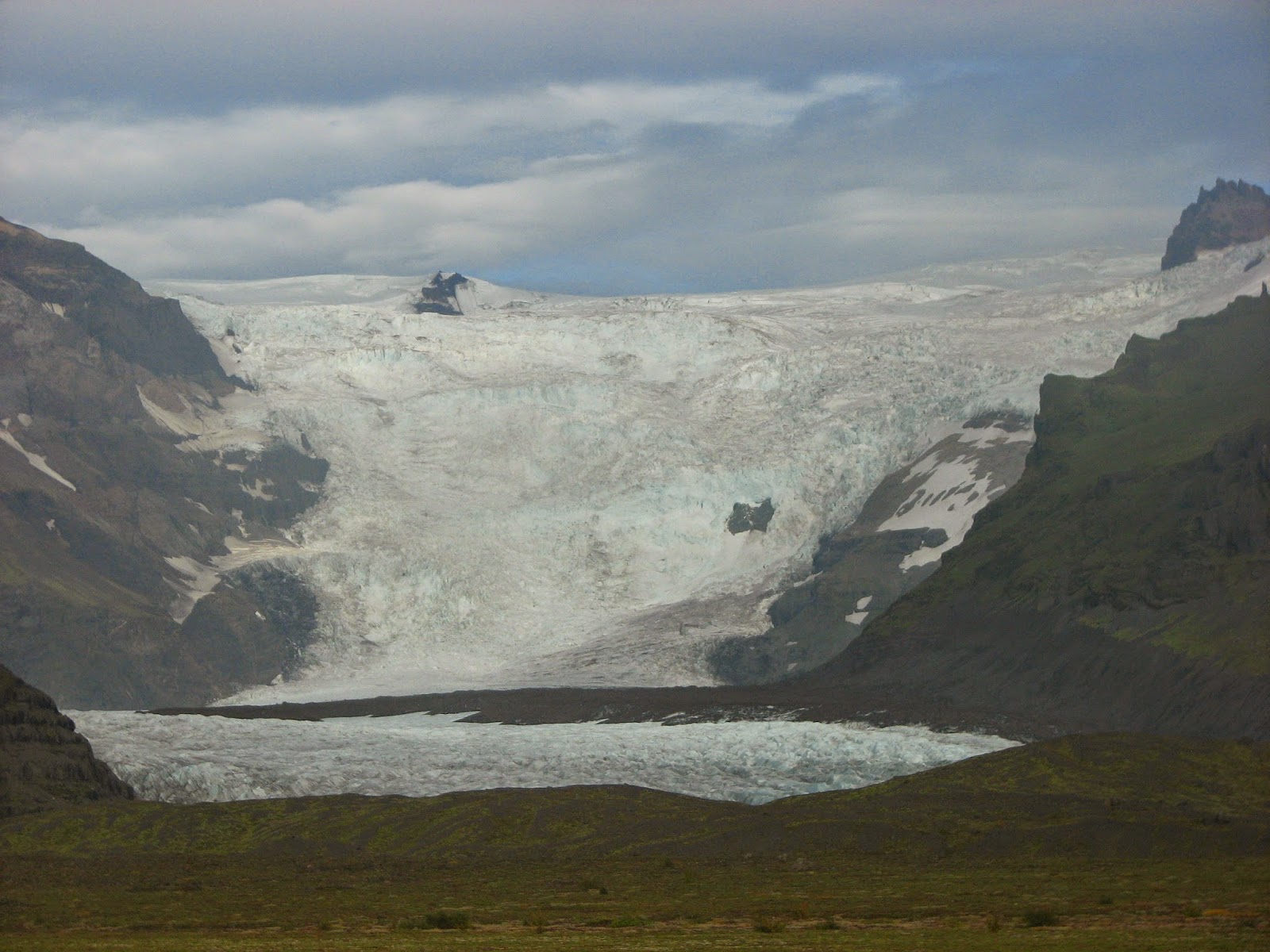Now identifying can be easy when working from fantastically clear photographic shots of birds from good angles showing birds in handsome breeding plumage. And where you have all the time in the world to look at it. Bird-watching out in the field, for a novice like me, can be something quite different. The birds stand off far in the distance, sometimes being antisocial with their backs turned to me or tucked-up half asleep, or moving quickly by. I have no telescope or huge-lensed camera so squinting at birds, trying to remember what I need to look for when they're constantly moving, and identifying them I find much trickier outdoors.
As such I've got a little bird-ID quiz for you and I've included photos that were pure snapshots to ID birds based on features as they flew by. Good enough to ID them, but not great photographs. If you've read some of my Iceland trip posts then there may be a few clues in there to some of the birds. And if you don't know much about identifying I'll include the identifying features in the answers at the end of the quiz. So don't scroll down too low and cheat!
So grab a pen, there are 15 birds to identify! Most of them are coastal, some are rather scarce vistors to the UK. There is one bird we don't get in the UK which is number 8.
What's that Bird/Blur?
All done, how'd you find it? Before we get to the answers, and so you don't accidentally see them too early, there is one last part of the trip to mention.
One of the last sites we visited in Iceland was the last known colony of the Great auk. This was a largest of the auk species which fill the same evolutionary niche that penguins do in this hemisphere, and the Great auk itself was flightless. The species was hunted to extinction when the last pair were killed in 1844. Ironically, and terribly, their rarity made them more vulnerable to extinction by becoming the target of rare collectors. The colony itself was actually off the coast of where we were on the small island of Eldey just visible to us through the mist. A bronze statue on the mainland stands in memorandum to its demise, and its culprit, us.
Bird Quiz Answers
1 - Gannet (large white bird, pointed wings, black tips)
2 - Fulmar (not a gull but a member of the Procellariidae family who have a tubular part on their bills to dispel salt water. Has grey wingtips - gulls have black or white, and flies stiffly and impressively around steep cliffs and rolling waves)
3 - Great black-backed gull (large gull. Black back with pink legs. Lesser black-backed have yellow legs)
4 - Glaucous gull (one of three main gull species that have white wingtips. One of the others is the all-white ivory gull. Looks like the Iceland gull but has a fierce-looking face with sloping forehead and is a bigger gull)
5 - Sooty shearwater (An all black bird at sea that 'shears' the air across the waves with long wings)
6 - Razorbill (in winter plumage, can be identified from the other black-and-white guillemots by the white on the head extending upwards behind the eye and a lack of side-streaks on the white flanks, chunky bill)
7 - Black guillemot (winter plumage, retains a distinct white patch on its wing, also has red feet)
8 - Harlequin duck (female duck is dark brown in winter but has a diagnostic white spot on the cheek behind the eye)
9 - Eider duck (this male is in eclipse plumage as it is so dark but retains white marking, eiders have distinctively shaped 'triangular' bills that appear goose-like)
10 - Merlin (Iceland has only two birds of prey: the Merlin and the Gyrfalcon, this male merlin can be identified by its small size and rufous chest and slate colouring to the head and wings)
11 - Great skua (a predatory seabird, great skuas are heavy-looking birds with distinctive white 'fingers' to their wingtips on the underside on an otherwise dark brown bird)
12 - Raven (Iceland's only corvid, has a heavy bill, metalic sheen and a paddle-shaped tail in flight)
13 - Whooper swan (Iceland's only swan. Has a yellow and black bill with the yellow in a triangle-shape)
14 - Snow bunting (winter plumage, has a stubby yellow bill and white wing panels on a brown body)
15 - Redwing (a thrush with rusty red patches under its wing, in the UK it can be distinguished from our thrushes by its obvious supercilium (think 'eyebrow') and moustachial stripe (coming down from the beak)
If you're looking to learn how to identify birds. I recommend the Collin's Bird Guide. This is a guide to species in the UK as well as the rest of Europe and includes pictures in various plummage variations, diagnostic features, descriptions, and where and when they are. The book is commonly seen as one of the best for identification and helps you learn more about the natural world around you.
There are also some quizzes online to practise your ID skills. The one I would recommend is called birdid.no. This a Norwegian site that also offers some ID on mammals and field signs as well as birds. This quiz allows you to pick your own country and level which makes things easier to learn.
Another option is 'Cbirding' a german website which is for all European birds. Personally I find this can make it quite hard and confusing on the higher difficulties if you are not familiar with a lot of European species.
Well that's it for Iceland now, it was a good trip but the sun has finally set on our time there. Next week - art!
 |
| The sun sets on the mountains and glacial waters of Iceland |







































